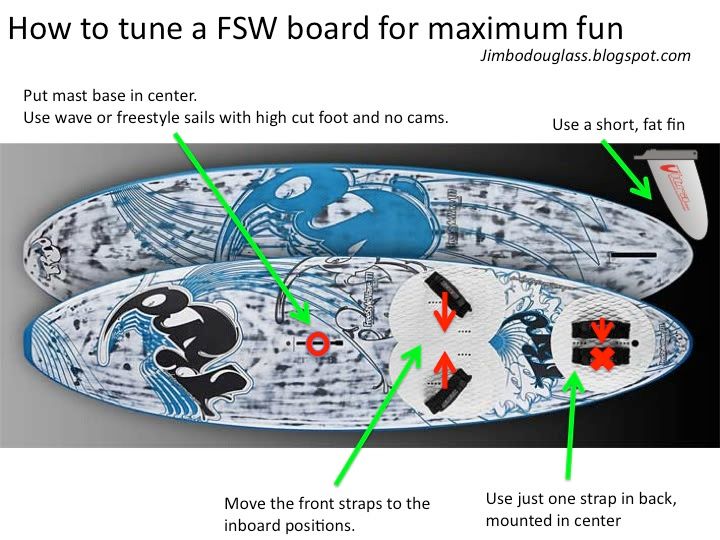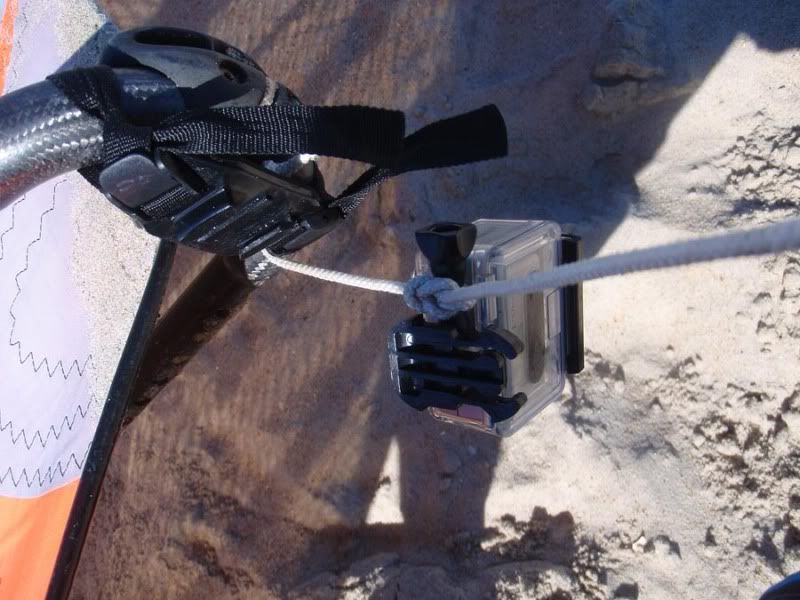It’s no secret that life is unfair. Some people are born rich, beautiful, and intelligent into loving families and pleasant communities, while other people are born poor, dumb, and ugly into wretched familial and societal circumstances. Most of us arrive somewhere in between those two extremes.
So what should we do to deal with life in this unfair world? One obvious approach is to try to reduce the unfairness. For example, by improving governments and communities we might be able to grant more equal opportunities and eliminate the egregious hoarding of money and power. While making the world more fair is definitely a worthy goal, it has some problems, including: 1) it’s hard, 2) it could take a long time, and 3) even if / when we succeed in creating a perfectly equitable, global society there will still be “unfair” differences among people in terms of the looks and intelligence they are born with.
Now wait a second- are differences in looks and intelligence really part of fairness? I think they are because I think it’s significantly easier to find personal, social, and romantic fulfillment if you happen to be smart and good-looking, and it’s harder if you lack those advantages. Looks and intelligence don’t strictly determine the level of happiness and success you will achieve in life, but they definitely “load the dice” in your favor.
I know there are people who say things like “ignorance is bliss” and “beauty is a curse”, and I’ll grant that there is occasionally some truth to that, like when scholars get depressed and overwhelmed with all they know but can’t control, or when beautiful women find themselves objectified by men and resented by other women. But I think it’s much more often true that intelligence is bliss and ugliness is a curse. (Another thing that people often trump up to downplay the unfairness of life is the idea that if you are less gifted in one area, like looks, you must be more gifted in another area, like intelligence, athletic talent, or sense of humor. That is simply not true, since there are many people who are beautiful, smart, funny, AND athletic, and many who have just one or two or none of those gifts. Gifts are doled out in a random, unfair manner; not a carefully balanced, compensatory manner.)
I consider myself well qualified to weigh in on this subject because in my own life I’ve miraculously experienced both ends of the dumb / smart spectrum AND both ends of the ugly / handsome spectrum.
As an elementary school kid I didn’t think I was very smart and I had a paralyzing math phobia, which, combined with shyness and general immaturity, caused me to have to repeat the fourth grade when I transferred schools. That was not bliss at all; it was humiliating. Of course, later I became a good student, graduated Summa Cum Laude from a
prestigious university, and went on to get my PhD. So I can say with authority that the smart end of the spectrum is a happier place to be.
With the ugly / handsome spectrum it went like this: I was a kid of average cuteness but took a major ugly turn at puberty with horrendous acne, poor style and hygiene, and orthodontics.
The author, circa 1992
It was an awful time where I had
zero social confidence and felt tortured whenever I looked in the mirror or had to talk to someone. Fortunately, it was only about a year and half before I figured out that
Benzoyl Peroxide cream and showering every day could get my disfiguring, pizza-like zits mostly under control. Though it was several more years before my self-image caught up with my clear complexion, by the time I was an adult I realized that I had become fairly handsome. I wasn’t Leonardo DiCaprio handsome, but I was at least handsome enough not to be at any disadvantage in dating and socializing. I realize the key thing isn’t how good-looking you are per se; it’s how confident and happy you are with your looks. But obviously the better looking you are the easier it is to be confident and happy with your looks, which is where the unfairness factor comes in.
Anyway, back to the main issue: what to do to find happiness for yourself (and impart happiness to others) in spite of the irresolvable unfairness of life. Here are some of my ideas, organized as general coping strategies, then strategies that are specific to more- or less-blessed people:
Things everybody can do:
1. Recognize that a lot of things about yourself, including your looks and a large part of your intelligence, are the result of random fate that you had nothing to do with. So you shouldn’t be either too proud or too ashamed of how smart and good looking you are (or are not). For example,
Susan Boyle needn’t bear any responsibility for the fact that she’s not as pretty as
Taylor Swift, because it was just random fate that Boyle came out homely while Swift came out hot.

2. Look internally, and don’t judge yourself too much by comparison with others or by unrealistic standards. Your job is to be a version of yourself that you can respect; not to claim the highest rank among the multitudes in some arbitrary category of worth, like salary, grade-point average,
website hits, or
hotornot.com rating. Remember that there are many dimensions of personality and character that define you, and even if you’re not great in all the ways you wish you could be great, at least no one else is quite like you.
3. Be nice. Looks and brains matter, but how you treat other people almost always matters more, especially in the long run. Also, there’s the bonus effect of niceness on people’s perceptions of your looks. If you’re nice you start looking better to people who know you, and the reverse is true if you’re mean. Being nice won’t make you seem any smarter, but if you’re nice, people will be less judgmental about your level of smarts.
4. Be selective about what you choose to remember and think about. Because even people who have a lot going for them can get bummed out if they dwell on their few flaws. And even people who don’t have many advantages can usually find some qualities to be proud of- if nothing else, the ability to cope with a tough life is a good one.
Things more-blessed people can do:
1. Enjoy and make the most of your gifts- there’s no need to feel guilty. But don’t start thinking that you have more intrinsic merit than other people just because you’ve had more luck.
2. Try to be understanding of those less blessed, and appreciative of the extra struggles they may have to endure.
3. Be careful not to lean too heavily on your looks and / or brains as the basis of your self worth. Because there’s always someone that can come along and out-do or out-dazzle you. Plus,
Paul Newman notwithstanding, most people, by the time they’re geezers, look more like geezers than whatever they looked like as young people, and trying to maintain your hotness too long is a degrading, losing battle, as evidenced by the plastic surgery and fashion disasters of many aging celebrities.
Things less-blessed people can do:
1. Give yourself a pat on the back for all the extra struggling you’ve had to do in life. It has been a rough road for you, and it’s ok to indulge in some self-pity from time to time,
Roy Orbison style. But try not to spend TOO much time in self-pity, since your suffering will be more productive in terms of character building if you can greet it with a little optimism, or at least a little ironic humor.
2. Shore up your weaknesses, where possible. For example, if you’re not naturally good looking you can offset that a bit by maintaining good health and hygiene, and if you’re not naturally smart you can compensate to some extent by spending extra time reading and studying. Just realize your limits and don’t overdo it by trying to be what your genetics simply won’t allow you to be. Like, if you’re the one big-boned girl in a clique of petite girls, don’t awkwardly try to stuff yourself into the same size and style clothes as the rest. And if you’re a little guy with a jockey’s build, don’t ruin your health with steroids and squander all your time in the gym just so you can look and feel a little bigger.
3. Find nice people to hang out with who feel your pain and appreciate your good qualities. Shared hardships can bring people together in really strong friendships and romances.
4. Your looks and brains, or your lack thereof, might affect your day-to-day life and some of the opportunities you’ll have with other people. But they don’t affect your intrinsic worth or your position in the great, big mysterious universe. The moon and stars, and the bees and flowers and the wind don’t care in the slightest how you look or what college you went to, and neither does your dog or your goldfish.
There. I hope that was interesting and / or helpful. Feel free to add any other little thoughts or sayings you might have come up with or collected that you think are useful or helpful for making the best of things in spite of unfairness.







